Boeing’s Starliner capsule is set to return from the International Space Station. The capsule will make this journey without the astronauts it brought to the ISS.
NASA has scheduled the undocking for Friday evening. This mission marks a critical test for the troubled Starliner program.
Technical Issues Plague Starliner’s Test Flight
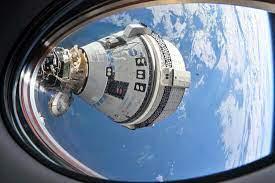
The Starliner mission faced numerous delays and technical problems. Thruster troubles and helium leaks forced NASA to alter the original plan.
These issues prevented the capsule from completing its intended weeklong test flight. Boeing has spent over $1 billion on repairs and modifications since 2019.
Astronauts Wilmore and Williams Extend ISS Stay
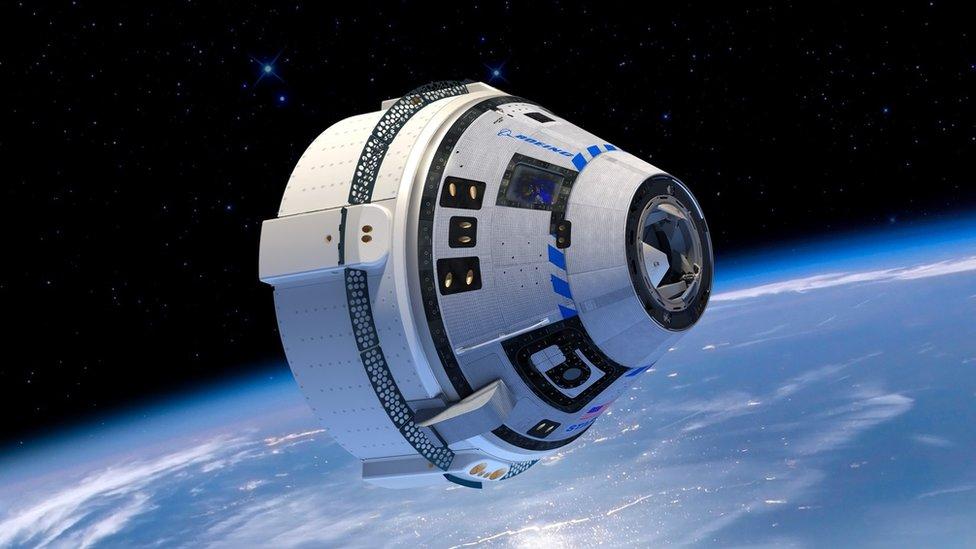
Butch Wilmore and Sunita Williams will remain on the ISS. Their original eight-day mission has unexpectedly extended to eight months.
The astronauts now assist with experiments and maintenance on the station. They will return to Earth in February via a SpaceX Dragon capsule.
NASA Adapts Plans for Crew Transportation
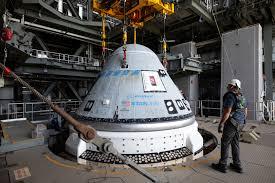
NASA has adjusted its crew rotation schedule due to Starliner’s issues. The next SpaceX Dragon mission will launch with only two astronauts instead of four.
This change accommodates the extended stay of Wilmore and Williams. NASA’s flexibility highlights the challenges of commercial space partnerships.
Boeing Faces Pressure in Commercial Crew Program
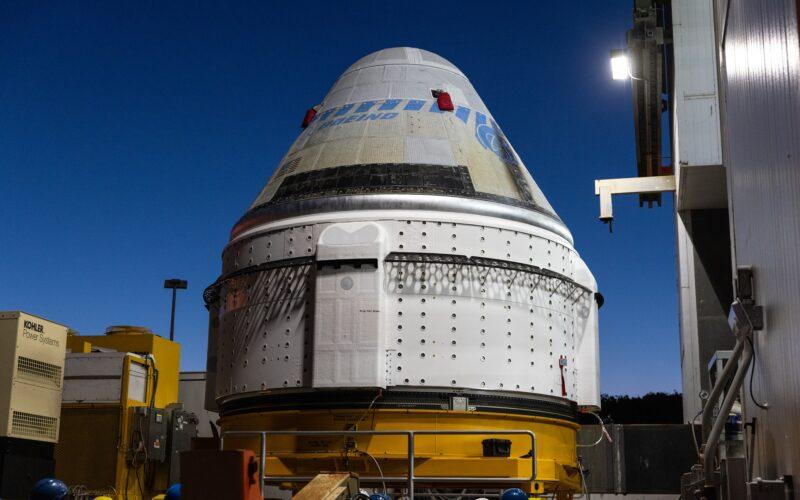
Boeing received a multibillion-dollar contract from NASA for crew transportation. The company has struggled to match SpaceX’s success in this program.
SpaceX has completed nine crewed missions since 2020. Boeing’s performance in this mission is crucial for its future in the program.
Historical Context of NASA’s Commercial Crew Partnerships
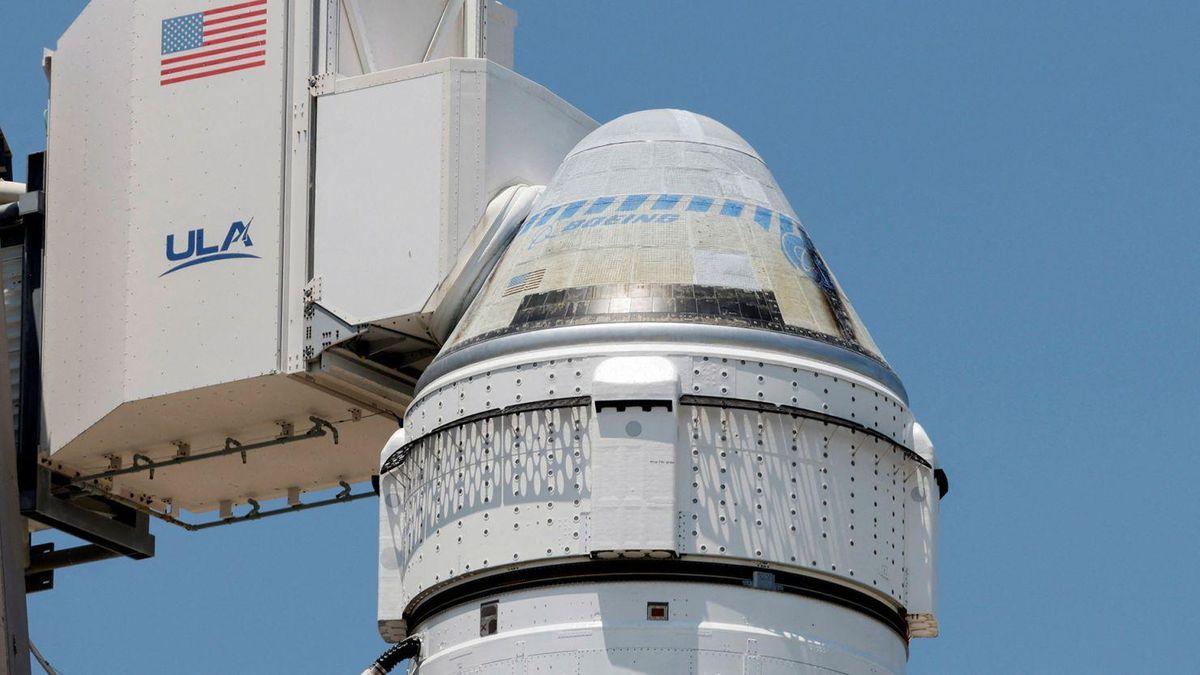
NASA initiated the Commercial Crew Program after retiring the Space Shuttle. The agency awarded contracts to Boeing and SpaceX in 2014.
This approach aimed to reduce costs and foster innovation in space travel. The program marks a shift from government-only to public-private space operations.
Starliner’s Rocky Path to Operational Status
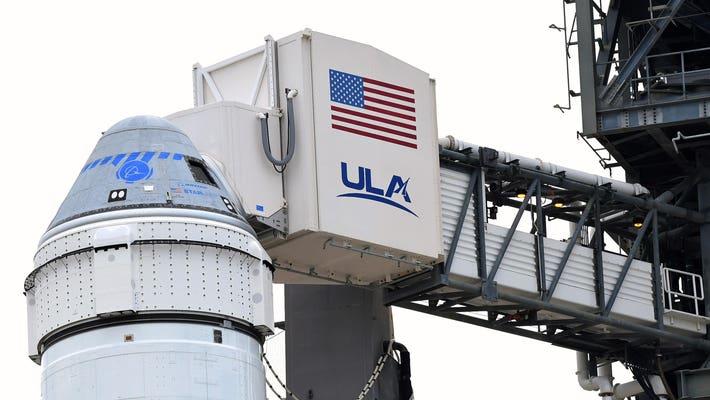
Boeing’s first Starliner test flight in 2019 failed to reach the ISS. Software errors prevented the capsule from achieving its mission objectives.
The current mission represents Boeing’s second attempt at a successful test flight. These setbacks have delayed Boeing’s ability to conduct crewed missions.
NASA Prioritizes Safety in Mission Decisions
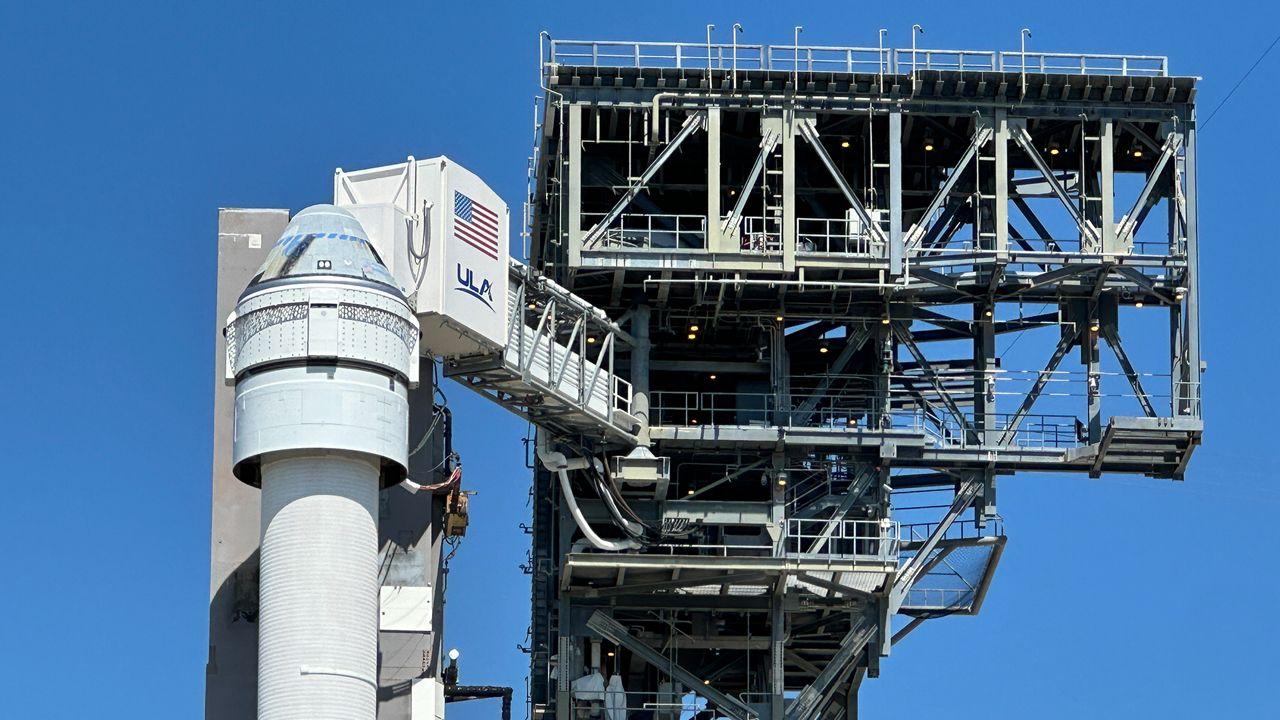
NASA’s choice to return Starliner without crew emphasizes safety. The agency has a history of cautious decision-making following past tragedies.
This approach reflects lessons learned from the Challenger and Columbia disasters. NASA’s safety-first stance influences all aspects of its missions.
Economic Implications of Starliner’s Performance
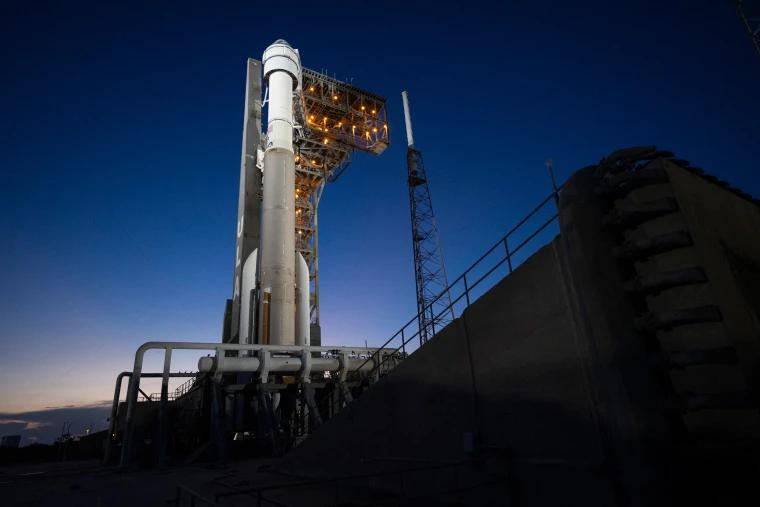
Boeing’s struggles with Starliner have financial consequences. The company faces increased costs and potential contract penalties.
Success in this mission could help Boeing secure future NASA contracts. The outcome affects Boeing’s position in the competitive aerospace industry.
Future of Commercial Space Travel Hangs in Balance

The Starliner mission impacts the broader commercial space industry. Success could encourage more private companies to enter the market.
Failure might lead to increased scrutiny of public-private space partnerships. The mission’s outcome will influence NASA’s future approach to commercial crew programs.

